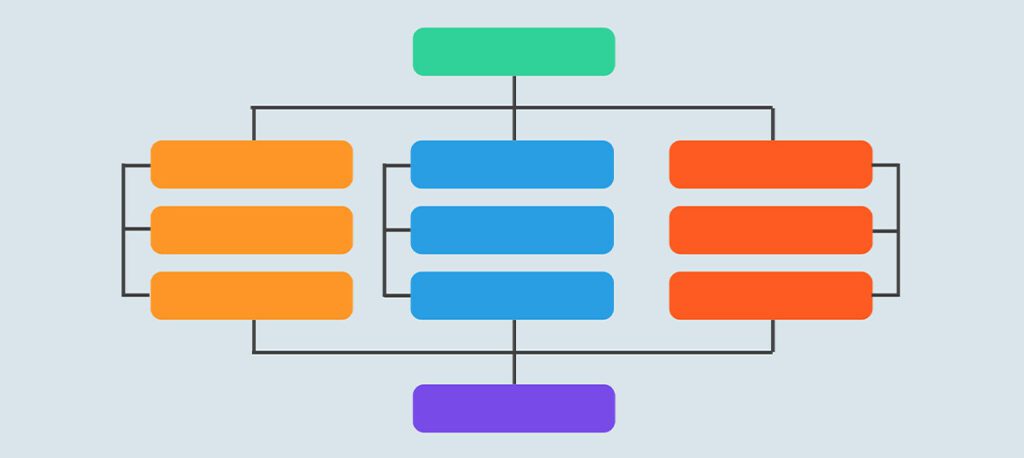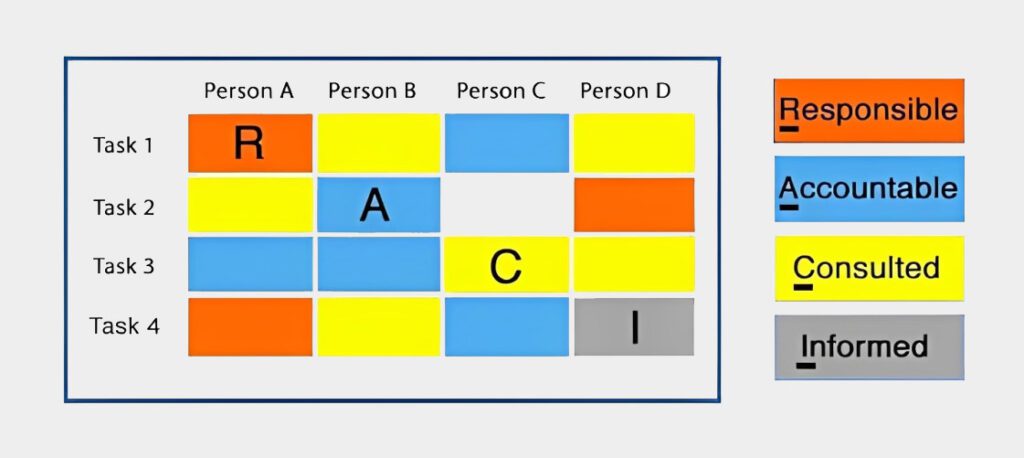
In the dynamic world of agency operations, clarity and organization are integral to the overall productivity and effectiveness of your business. One area where this rings particularly true is the crafting of job descriptions. Properly defined roles and responsibilities are the bedrock of agency organization and play a key role in avoiding confusion, redundancy, and inefficiency. It ensures that everyone within the company knows exactly what their role is, what they are accountable for, and how their contribution aligns with the agency’s objectives.
In this blog post, we’ll delve into five steps that will help you design comprehensive and effective job descriptions. These steps range from mapping your organizational structure to handing over the job descriptions to your team.
Step 1: Map Your Organizational Structure to Define All Roles

Understanding your organizational structure and how all roles interrelate is the foundation of creating great job descriptions. A well-mapped structure not only provides a clear hierarchy and reporting lines but also defines roles based on the functions they perform and their contribution to the overall agency’s goals.
Start by identifying all the roles that exist within your agency, from the executive leadership team to the operational staff. For every department, identify the key roles and responsibilities, and categorize them appropriately. Make sure to include roles that span across functions or departments, such as project managers, to ensure all roles are accounted for.
It might be helpful to visualize this structure in a flowchart or org chart. This visual aid can be an effective way of identifying any gaps or overlaps in roles, helping to avoid role confusion and miscommunication in the future.
Step 2: Collect All Processes in a Combination of Top-Down and Bottom-Up
Once you’ve mapped your organizational structure, the next step is to understand the processes that each role is involved in. This involves taking a deep dive into the daily operations of your agency, understanding what each role does, and how it contributes to the overall business.
Adopt a top-down and bottom-up approach. Top-down involves working from the executive level downwards, identifying the strategic tasks, and how they trickle down to the lower level tasks. The bottom-up approach starts from the ground, the daily tasks, and links them to higher-level strategic goals.
Collecting this information might involve observation, interviews, and even performing the tasks yourself to get a firsthand understanding of what they entail.
Step 3: Define How Each Role is Involved into Each Process by Using a RACI Matrix
A RACI (Responsible, Accountable, Consulted, Informed) matrix is a simple and effective tool to clarify roles and responsibilities in cross-functional/departmental projects and processes. It helps define who does what and aligns these tasks with the job roles.

Here’s how the matrix works:
– Responsible: These are the people who perform an activity or do the work.
– Accountable: This is the person who is ultimately answerable for the correct and thorough completion of the task. There should be exactly one person accountable for each task or decision.
– Consulted: These are the people who need to give input before work can be done and signed off on.
– Informed: These are the people who need to be kept “in the loop” on progress or decisions, but they do not need to be formally consulted, nor do they contribute directly to the task or decision.
By defining each role’s involvement in processes using a RACI matrix, you can clearly delineate responsibilities and ensure that there is no overlap or ambiguity.
Step 4: Add Requirements for Each Role
Once you have clearly defined the roles and their involvement in your agency’s processes, it’s time to add the specific requirements for each role. These requirements
should detail the skills, qualifications, and experience necessary for an individual to successfully perform the role.
Consider elements such as:
– Educational qualifications: Are there specific degrees or certifications required for the role?
– Experience: How many years of experience in a similar role are required? What specific experiences should this person have?
– Skills: What hard and soft skills are necessary for the role? This could range from technical skills like proficiency in certain software tools, to soft skills like leadership or communication abilities.
– Personal attributes: What personal attributes would contribute to success in this role? This might include characteristics like creativity, attention to detail, or ability to work under pressure.
Adding clear requirements ensures that your team members know what is expected of them and can strive to meet these expectations.
Step 5: Hand Over the Job Descriptions to Your Team

The final step involves sharing the job descriptions with your team. These descriptions should be accessible, understandable, and transparent. Encourage your team members to provide feedback. This gives them a sense of ownership and allows for any adjustments or refinements based on their input.
A well-crafted job description serves as a guide for performance reviews and can help identify areas for professional development. They should be regularly reviewed and updated to reflect any changes in roles, responsibilities, or agency processes.
Agency Owners: Stop losing time with client feedback and approvals. Get our free cheat sheet titled “Feedback Finesse: 6 Tactics for Seamless Client Interactions“ below:
Conclusion
Creating clear and comprehensive job descriptions might seem like a daunting task, but the benefits for your agency are profound. By defining roles and responsibilities, you can foster better communication, improve efficiency, and boost overall productivity within your agency.
Each job description is more than just a list of tasks – it’s a roadmap guiding your team members towards the strategic goals of your agency. So, take the time to craft these descriptions thoughtfully, as they can significantly impact your agency’s success. The clarity they bring is an essential step in unlocking your agency’s full potential.